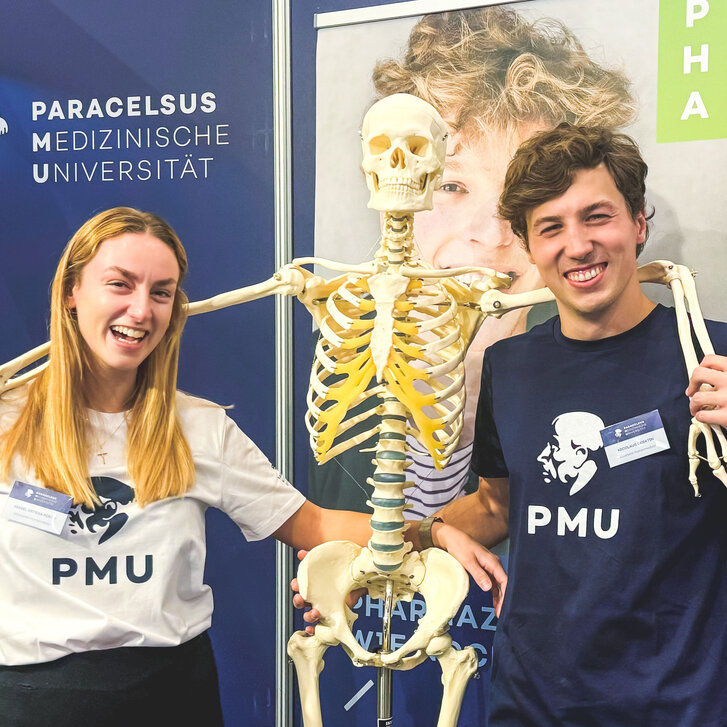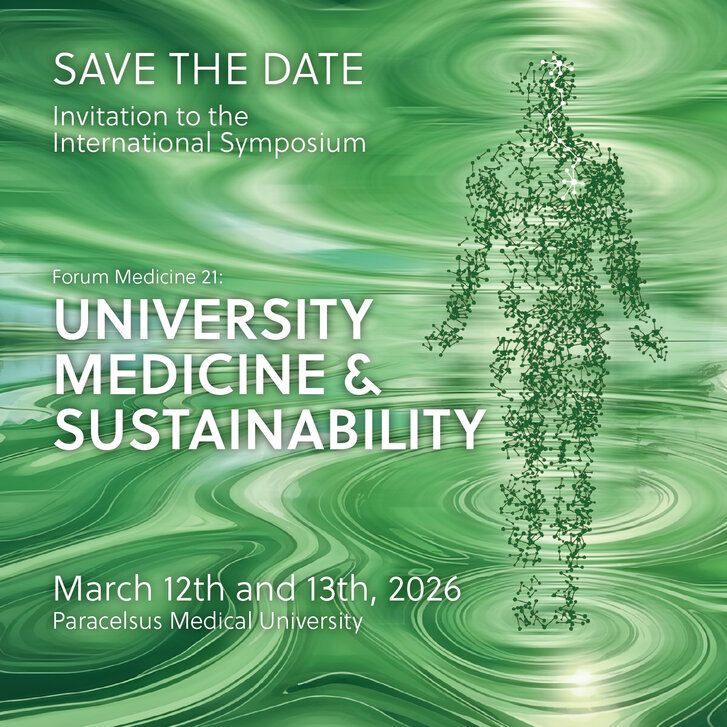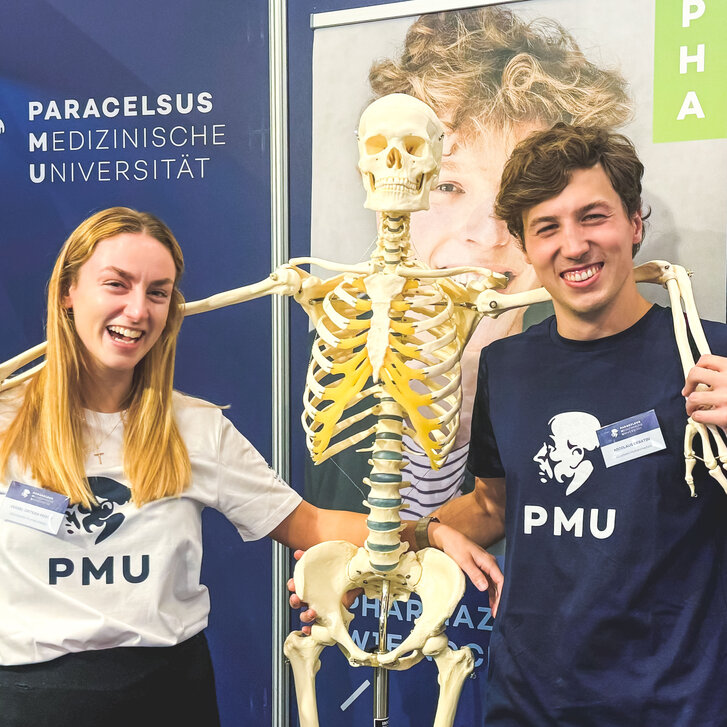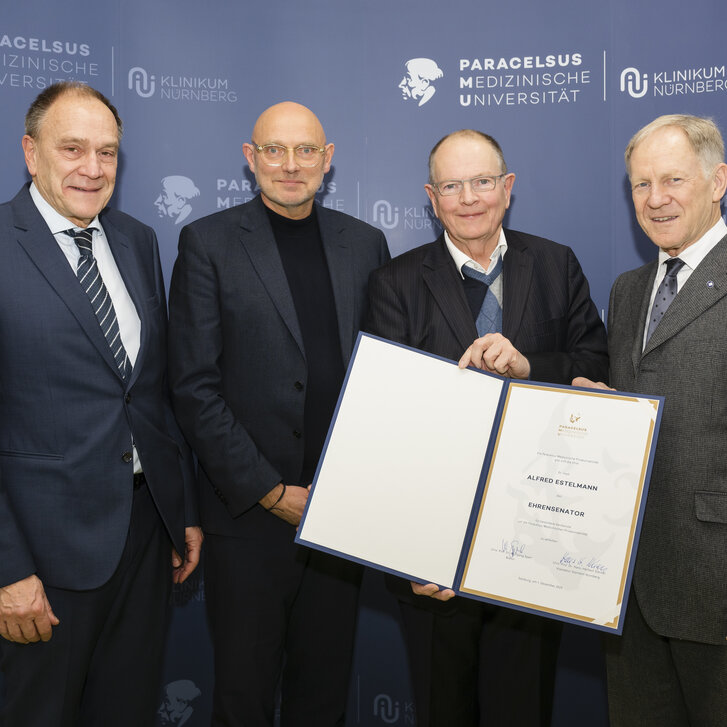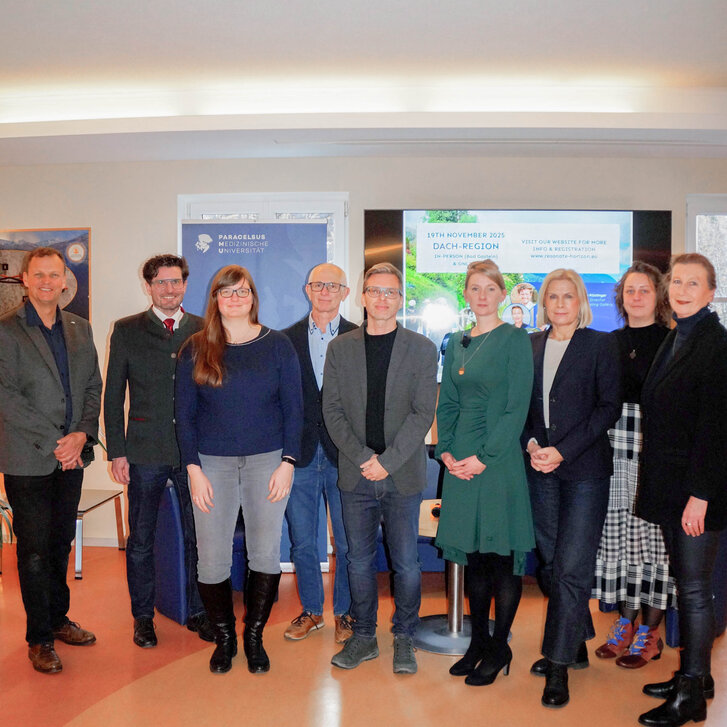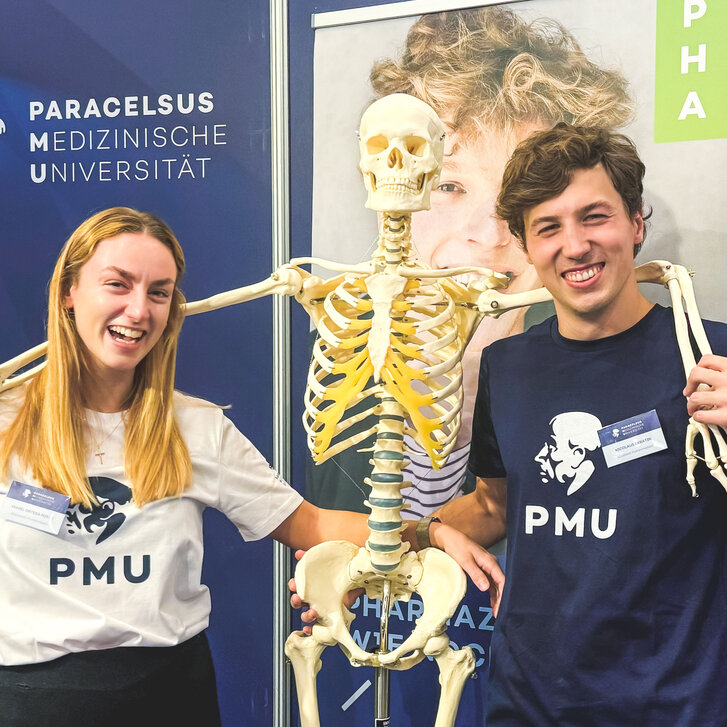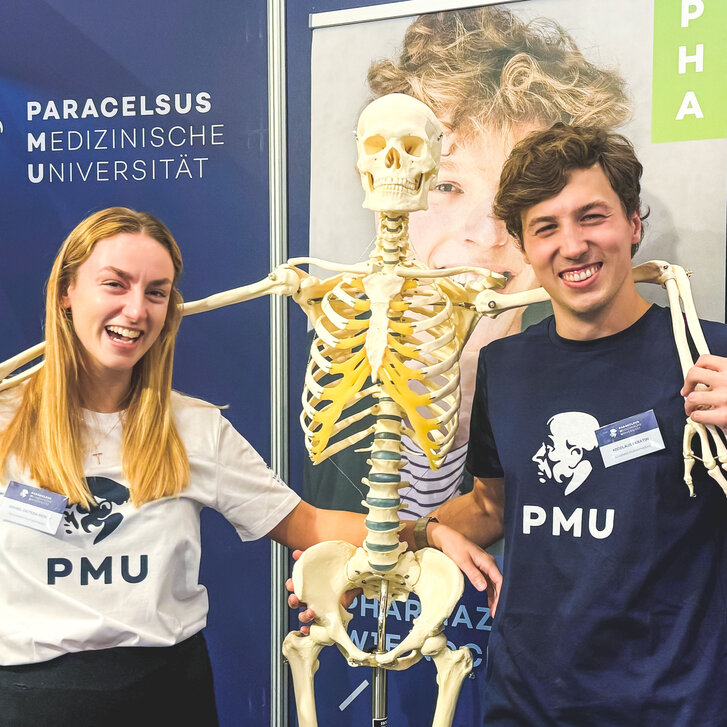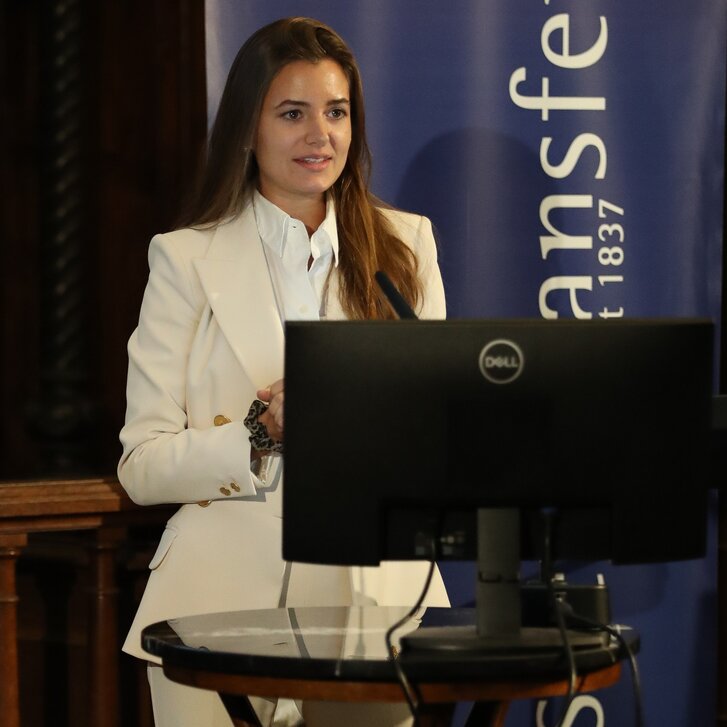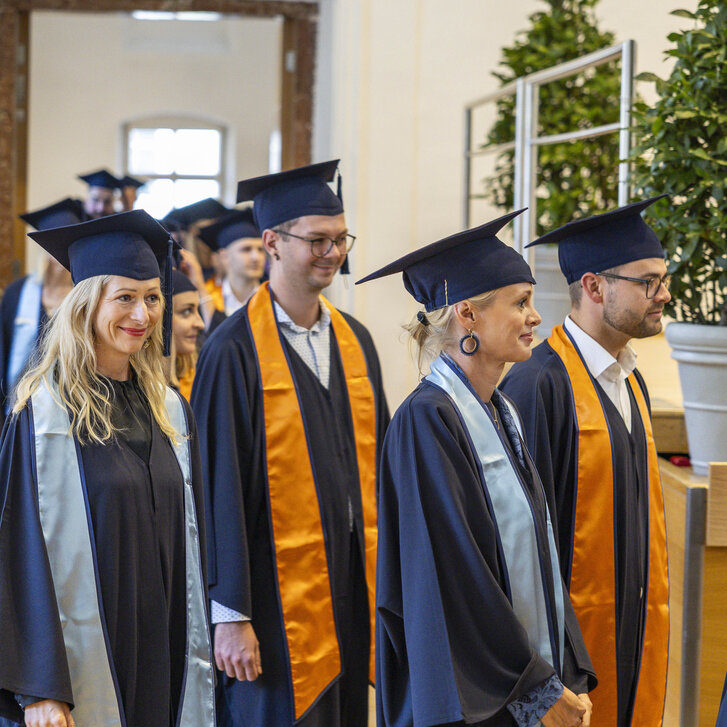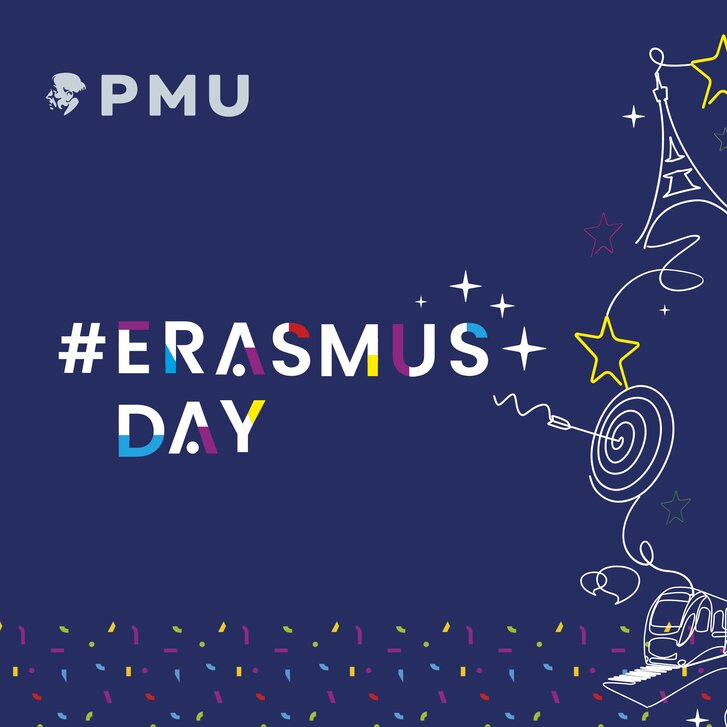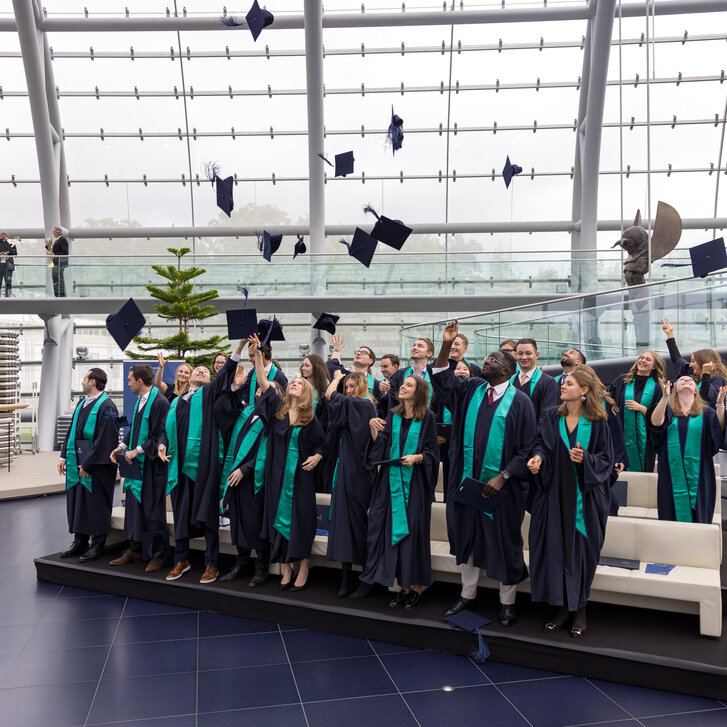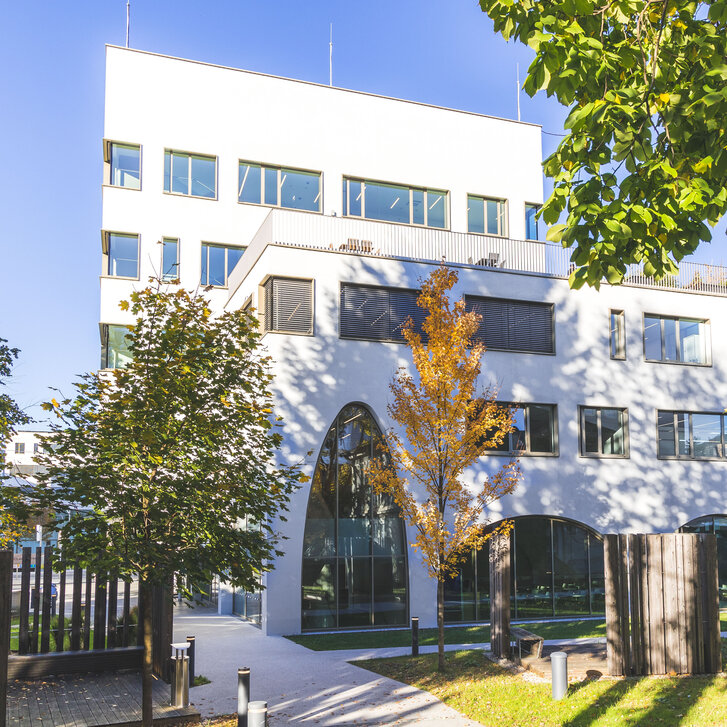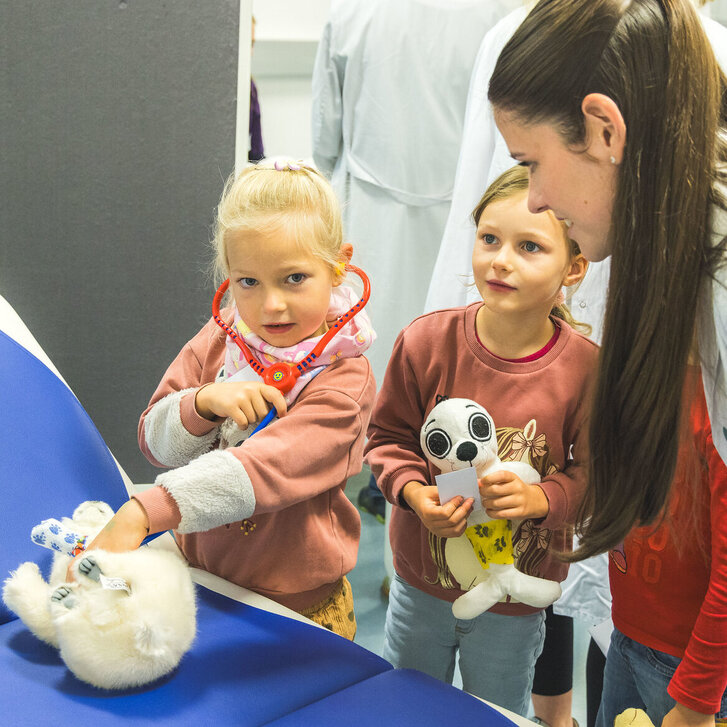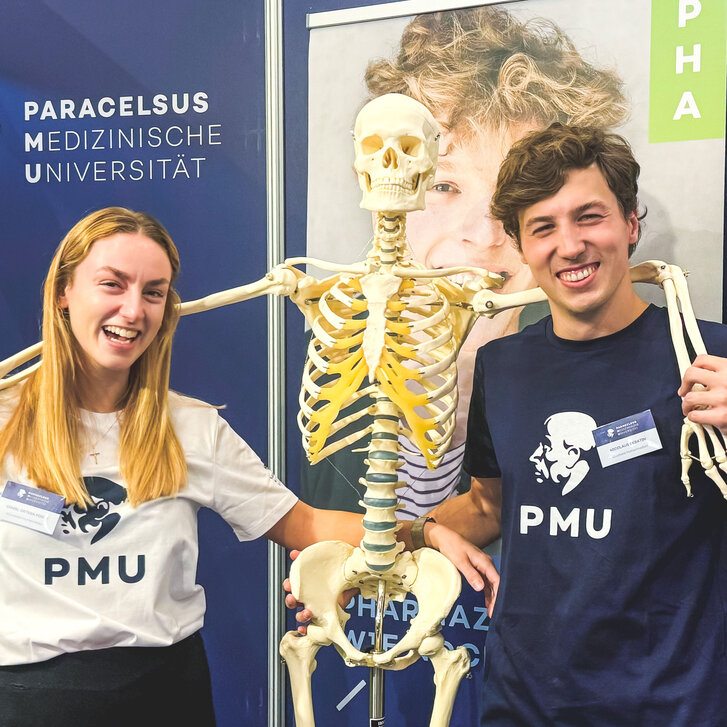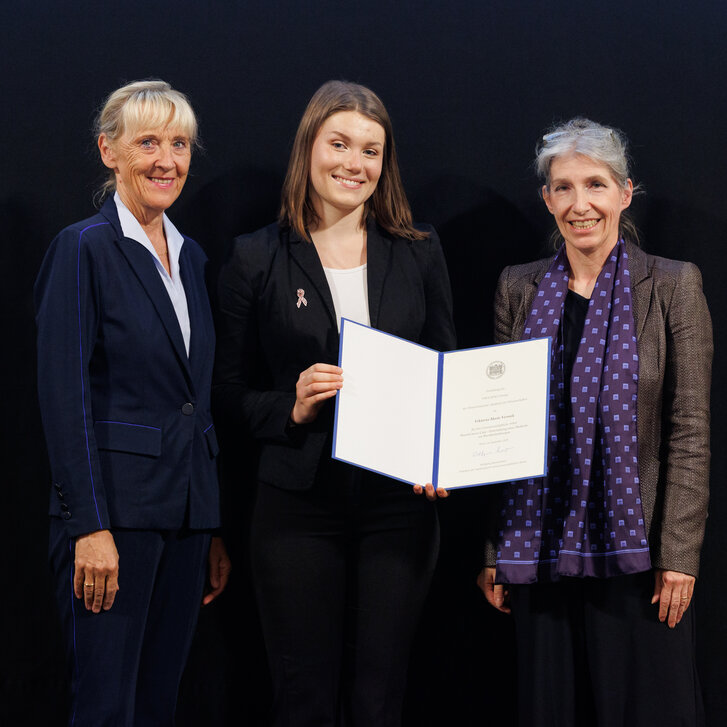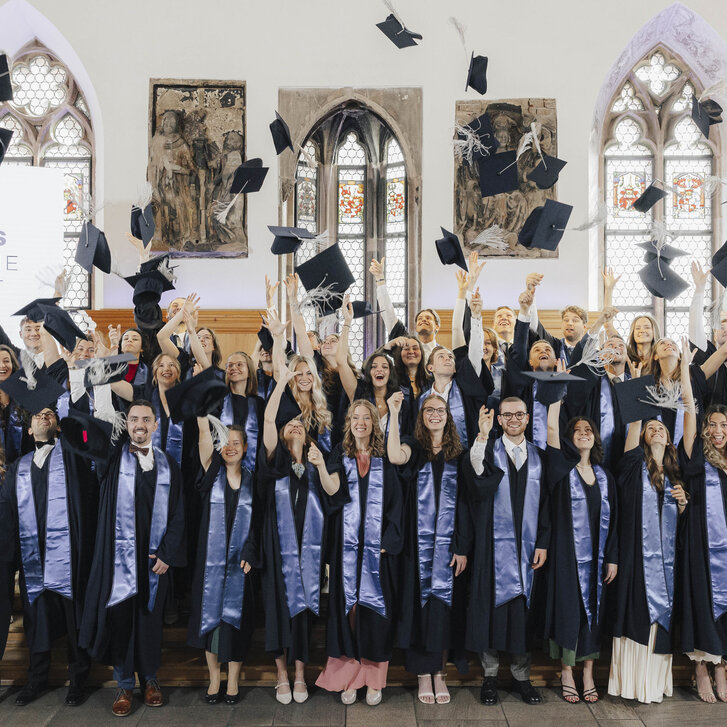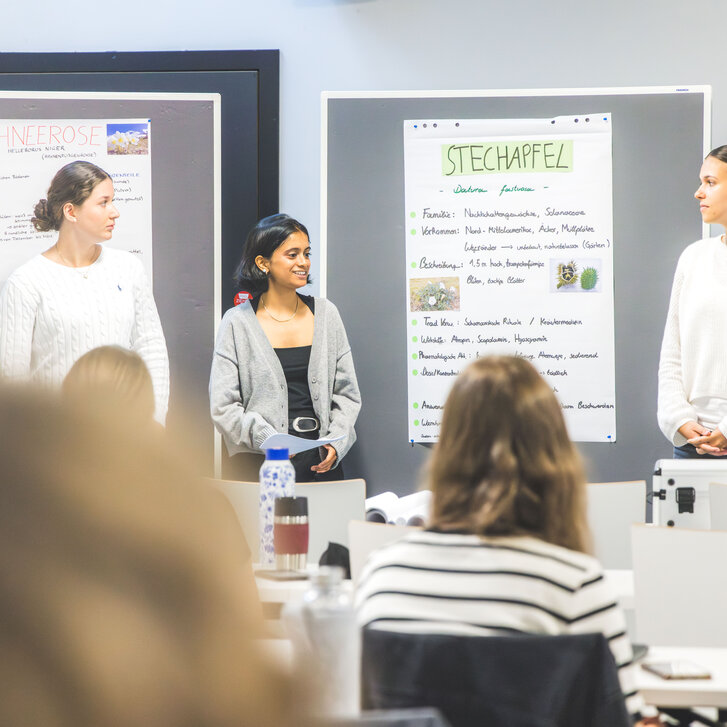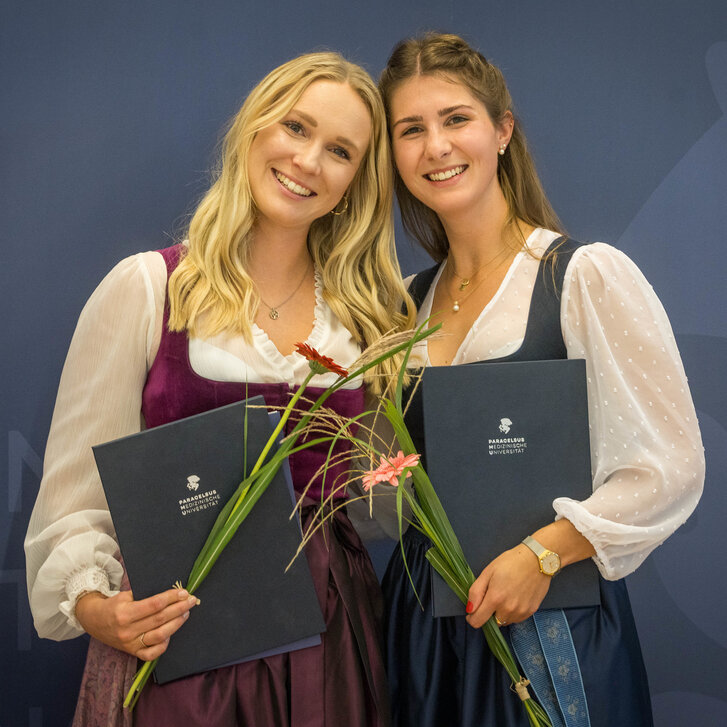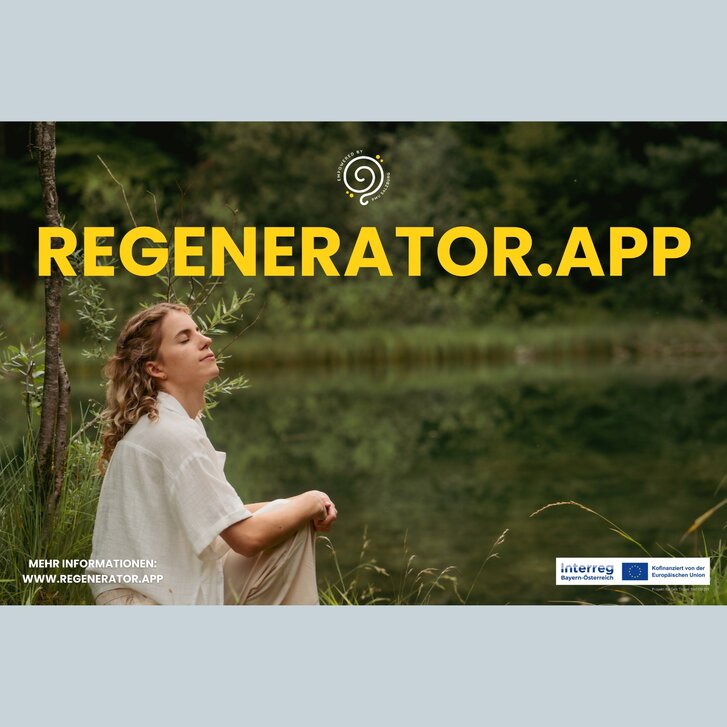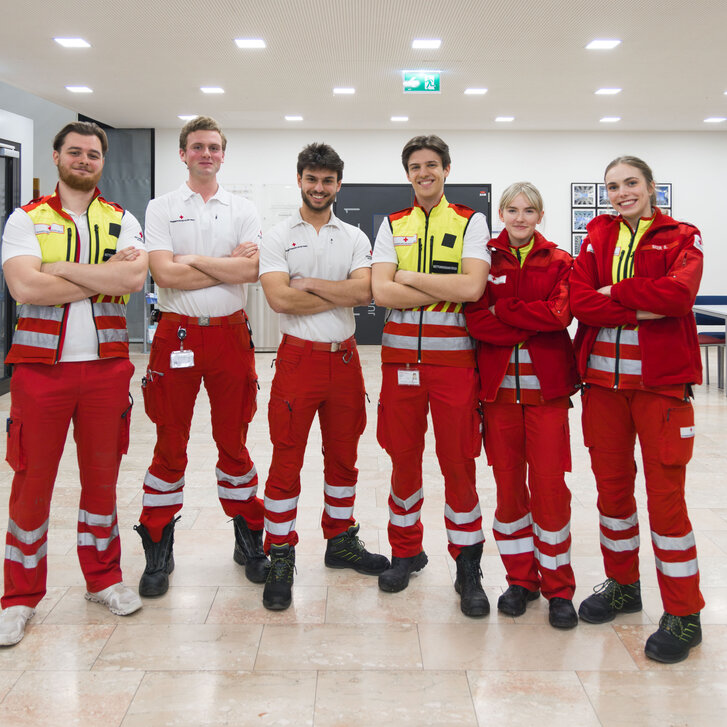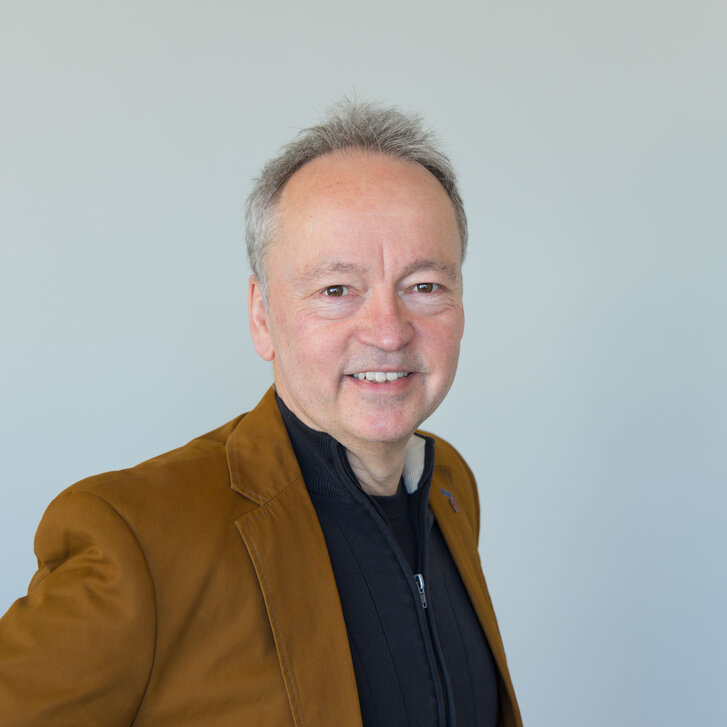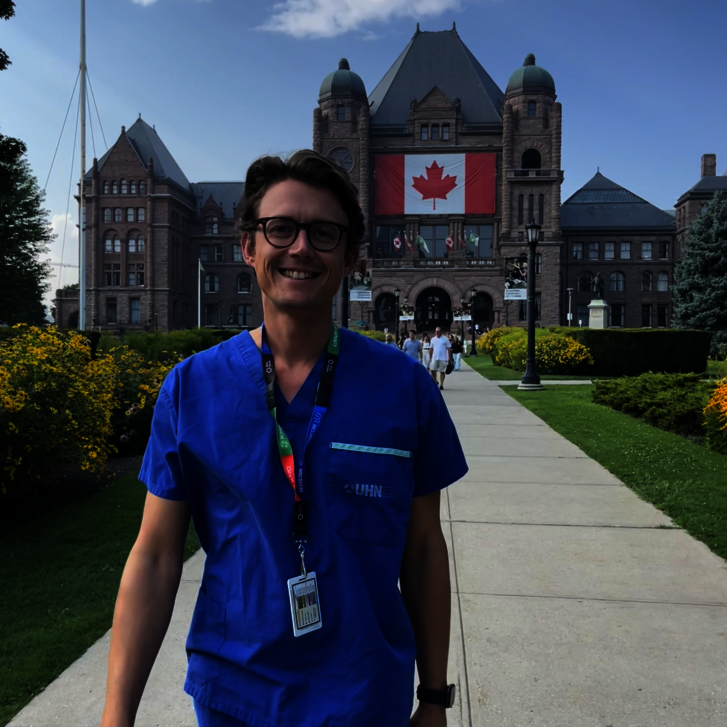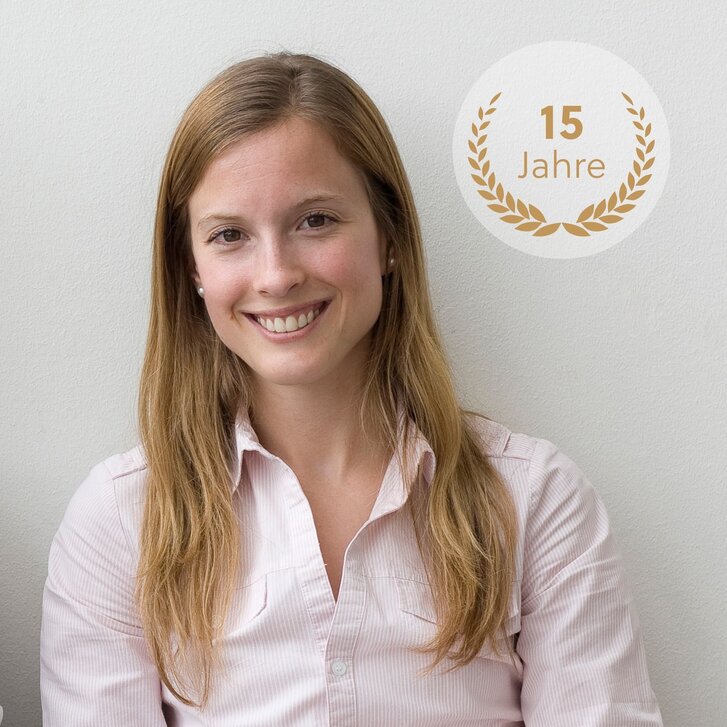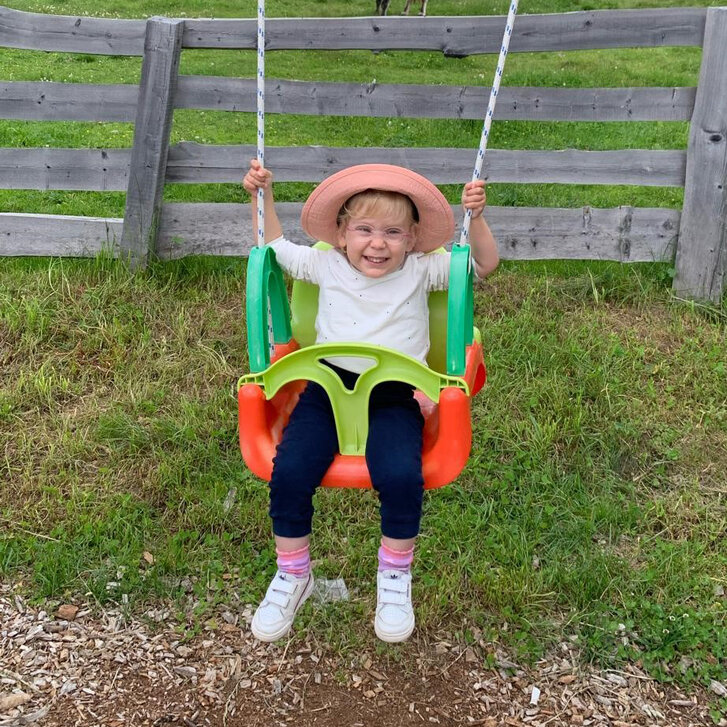
University Hospital and PMU with world premiere: first use of nanovesicles from umbilical cord stem cells in the treatment of open spina bifida

Research at PMU and University Hospital Salzburg helps young patient: Magdalena (2) is on the road to recovery after surgery
"Magdalena is doing very well, everything has healed nicely. We're currently working on independent sitting. It's going quite well, but she still doesn’t fully trust herself," says her mother, Manuela N. Two years ago, Magdalena was born in Saxony, Germany, with spina bifida (open spine). "Normally, the vertebral arches form a canal that houses the spinal cord, and the two arches meet at the spinous process. In spina bifida, the vertebra is open at the back, essentially split like a book," explains pediatric neurosurgeon Prof. Dr. Matthias Krause from the Department of Pediatric and Adolescent Surgery at University Hospital Salzburg.
This neural tube defect can present in various forms. Professor Krause adds: "Children with spina bifida often experience physical developmental limitations. Unfortunately, many of them lose motor skills over time as the growing spinal cord is increasingly affected."
Professor Krause operated on Magdalena shortly after her birth in Leipzig, where he was working at the time. In early 2024, he moved to University Hospital Salzburg and recently performed a necessary second surgery, which was approved by the family’s German health insurance provider. “After the first surgery, where we ‘closed’ the open spine, Magdalena developed excessive scar tissue, which is unfortunately a common complication. Scar tissue is hard, inelastic, and adheres to the surrounding tissue, placing increasing tension and pressure on the spinal cord, which leads to more damage as the child grows.”
Nanovesicles: tiny biological drones at work
At University Hospital Salzburg, Professor Krause met transfusion medicine specialist Univ.-Prof. Dr. Eva Rohde. She conducts research at the Institute for Transfusion Medicine and in the GMP (Good Manufacturing Practice) Laboratory at the PMU (Paracelsus Medical University), collaborating with Univ.-Doz. Dr. Mario Gimona on clinical treatments using nanovesicles. "Nanovesicles are tiny bubbles—3 million times smaller than a cell—and are found in all body fluids. They function like biological drones, transporting information between cells," Professor Rohde explains.
This technology enables an almost limitless range of applications. But how does it help in this specific case? "It appears that nanovesicles can activate a self-healing mechanism in the affected tissue. In surgeries, this means that the layers of skin and connective tissue can heal in a more balanced way at the incision site, without the scar tissue sticking together. Put simply, we prevent excessive scar formation," Professor Rohde explains.
Magdalena' parents agreed to an experimental treatment
Prof. Krause: "When I first heard about this, I thought it was too good to be true." To prevent another case of excessive scar formation during Magdalena’s second surgery, her parents agreed to an experimental treatment where nanovesicles, produced in the GMP Laboratory, were introduced into the wound via an infusion solution. Professor Rohde explains: "We obtained the nanovesicles from donations by healthy pregnant women carrying healthy babies. The material comes from the umbilical cord. From one donation, we can produce thousands of doses."
The donation used in Magdalena’s treatment was from 2013, given by a woman who later gave birth at University Hospital Salzburg. The initial processing steps were done in the hospital's transfusion medicine department, with further processing completed in PMU's GMP laboratory.
Magdalena has visibly benefited from this nanovesicle treatment, the first ever documented for spina bifida worldwide. "She wants to climb more and more. Her legs aren’t quite cooperating yet, but we’re working on it with physical therapy," reports her mother. Although Magdalena will always face some movement limitations, the recent surgery ensures that her condition will not worsen.
University Hospital Salzburg and PMU aim to contribute to studies worldwide
Even though this case looks promising, it will likely take another 10 to 15 years before nanovesicle therapies can be routinely approved. Regulatory requirements are strict worldwide. Large-scale studies are needed to prove that the therapy provides more benefits than risks, determine potential side effects, and understand how often they occur.
However, Professors Rohde and Krause are confident that University Hospital Salzburg and PMU will be part of these studies, contributing to the establishment of this entirely new treatment method.
---
PODCAST: For more insights into the fascinating world of nanovesicles and their (potential) medical applications, listen to the podcast „Nanovesikel als Hoffnungsträger für die Medizin“ (in German only) with Professor Eva Rohde and Dr Mario Gimona.



